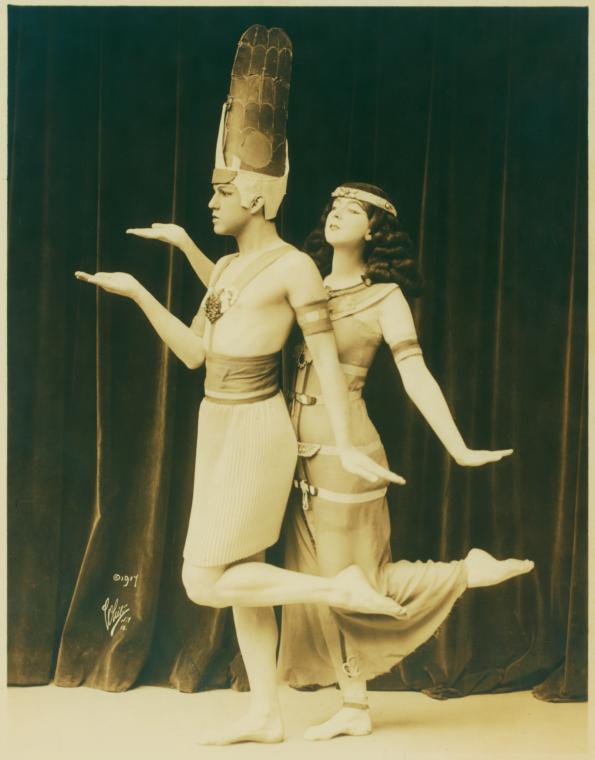 Have you heard about Google's 20 percent time? It's where they give their engineers and programmers a day a week to spend on personal projects. An entire day, to work on anything they want, paid for and encouraged by their company. The bonus for Google is that these side projects often result in new features for the company: both Gmail and GTalk were born out of their 20 percent program. It works because employees are given a chance to do something that isn't work, to explore new opportunities and lines of study that wouldn't be open to them in their normal projects. The creativity required to build new things comes out of that 20 percent time.
Have you heard about Google's 20 percent time? It's where they give their engineers and programmers a day a week to spend on personal projects. An entire day, to work on anything they want, paid for and encouraged by their company. The bonus for Google is that these side projects often result in new features for the company: both Gmail and GTalk were born out of their 20 percent program. It works because employees are given a chance to do something that isn't work, to explore new opportunities and lines of study that wouldn't be open to them in their normal projects. The creativity required to build new things comes out of that 20 percent time.So how does this impact a dancer? Well, have you ever seen a dancer perform something creative that's not quite belly dance? Every wonder how a dancer figured out that that kind of fusion might look good, or that that piece of music might have a great story to dance to it? Did you ever ask yourself, as you're drilling hip lifts and hip drops for the millionth time, how can I be more creative as a dancer? Well, the answer to that is the 20 percent program.
Sure, you should be drilling the basics and practicing your choreo and your cues, but if this is all you do, that creative bolt out of the blue that you need to make something new and different isn't going to happen. Sure, you can watch those dancers and figure maybe inspiration will strike you, but in reality, it doesn't happen as often as you think. The best way to make those creative bolts of lightening happen is by creating your own 20 percent time.
Your own 20 percent time can be anything you want. Have you always admired ballet or flamenco or hip hop but love belly dance too much? Try to find a class in something other than belly dance and study a new style on the side. Hear a piece of music on the radio that sounds really danceable but it's not a bellydance song? Practice to it anyway. If you're still apprehensive, just play something inspiring and move. It doesn't have to be belly dance--try acting out an emotion, or come up with a scene in your head and dance it out. Play with it, see what you come up with, and if it feels great, take it further.
Of course, we all have constraints on our time, so your 20 percent time doesn't have to be exactly 20 percent. Maybe it's a day a week, or even just a song. Spend at least a little time doing something different. Once you get used to experimenting, don't forget to try adding it to a choreo or your solos. You'll soon have other dancers coming up to you to ask where you came up with that idea.
By creating your own 20 percent time, you'll quickly find that you're more creative, and that you're a better dancer because of it!
(And if you'd like a more personal example, this blog is an example of how I utilize my 20 percent time)


